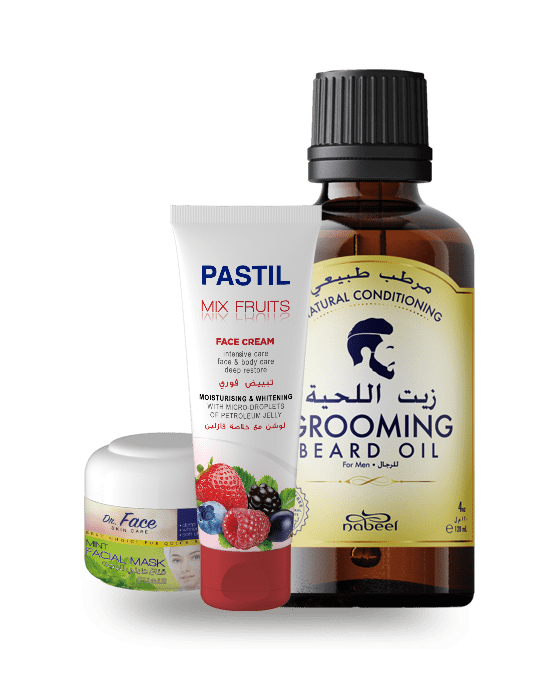
Being distinctive from the competition is essential in the fiercely competitive field of cosmetics. Whether you run a small business or enjoy doing things yourself, making customized cosmetic items gives you the chance to use your imagination and appeal to certain customers’skincare private label. However, accurate labelling is crucial to making your items marketable and legal. This article will discuss the value of labelling, rules to take into account, and helpful hints for adding labels to your personalized cosmetic items.
The Importance of Proper Labelling
Effective labelling serves multiple purposes. It not only gives consumers important information, but it also develops brand identity and generates trust. Customers may choose the items they buy with confidence when the labels are clear and precise since they know the components, usage guidelines, and any allergies. Furthermore, labelling assists businesses in adhering to rules and laws, lowering the possibility of fines and other legal issues.
Regulatory Considerations
Before diving into label design and application, it is important to familiarize yourself with the relevant regulations governing cosmetic products. In many countries, cosmetics are subject to specific labelling requirements to ensure consumer safety and transparency. The regulations may include guidelines for listing ingredients, product claims, warnings, and contact information. Research the regulatory bodies in your target market to ensure compliance with their specific rules and standards.
Designing Your Labels
Once you possess a thorough understanding of the legal framework, you can commence crafting labels that are visually appealing and informative. Several significant considerations should be taken into account:
Branding: Involve your organization’s name and logo, as well as any other pertinent branding item, to strengthen your authenticity and established brand awareness.
Product Name and Description: Clearly state the product name and provide a concise description of its purpose and benefits.
Ingredients: List all the ingredients used in your product, following the INCI (International Nomenclature of Cosmetic Ingredients) guidelines. Use legible fonts and ensure that the text is easily readable.
Usage Instructions: Provide clear instructions on how to use the product effectively and safely. Include information on frequency, application method, and any precautions.
Allergen Warnings: To assist customers with allergies in making educated decisions, explicitly state on the label whether your product includes common allergens like nuts, gluten, or soy.
Net Weight or Volume: Clearly and uniformly describe the product’s volume in terms like ounces, grams, or millilitres.
Batch/Lot Number: Assign a unique identifier to each batch or lot produced, allowing for traceability and quality control.
Expiry Date: If applicable, provide the expiration date or recommend the shelf life of the product to ensure consumer safety and product effectiveness.
Safety Symbols: Include relevant symbols or icons to indicate any specific warnings or precautions, such as “Keep out of reach of children” or “For external use only.”
Applying Labels to Your Products
Once you have your labels designed, it’s time to apply them to your custom cosmetic products. Here are some practical tips to ensure a professional and consistent application:
1. Surface Preparation:
Surface preparation is a vital step before applying a label. The product’s surface must be thoroughly cleaned and dried to ensure optimal adhesion. Any residue or moisture present can impair the adhesive properties, leading to a compromised label. By removing contaminants and ensuring a dry surface, the label’s durability and adherence are enhanced, guaranteeing a long-lasting and secure attachment. Proper surface preparation is crucial to ensure the label remains firmly in place, delivering the desired visual presentation and functional identification on the product.
2. Label Placement:
When applying labels, it’s important to carefully determine the optimal position. Consider factors like visibility, readability, and aesthetics to ensure the label effectively communicates the product information. Avoid placing labels on curved or uneven surfaces, as they can pose challenges to proper adherence. Labels applied on such surfaces may result in wrinkling, peeling, or misalignment, diminishing their visual appeal and compromising their longevity. By selecting a flat and even area, you can enhance the label’s overall appearance and ensure it stays securely attached to the product, providing a professional and polished look.
3. Adhesive Selection:
When selecting an adhesive for labelling, it is essential to choose a high-quality adhesive that matches both the material of your product and the label itself. Testing the adhesive on a small batch prior to applying it to your entire product line is crucial. This allows you to assess its compatibility, adhesive strength, and performance. By conducting a preliminary test, you can avoid potential issues such as adhesive failure, label peeling, or damage to the product’s surface. Careful adhesive selection and testing ensure a successful labelling process, providing durable and secure adhesion for your product labels.
4. Label Application:
During label application, it is important to proceed with caution to achieve a professional and flawless result. Begin by carefully positioning the label on the product, starting from one end and gradually smoothing it out to prevent the formation of air bubbles or wrinkles. Applying even pressure while smoothing ensures a secure and uniform attachment. For large-scale production, employing a label applicator or specialized tools is highly recommended. These tools aid in maintaining precise placement, reducing the chances of misalignment or errors. Label applicators are particularly useful for high-speed and consistent labelling operations.
5. Quality Control:
Implementing a rigorous quality control process is crucial to maintaining high standards and meeting customer expectations. This involves thoroughly checking for any defects or inconsistencies in the label application. Any problems, like misaligned labels, bad adhesion, or smeared printing, may be found and fixed with diligent inspection. It is an essential step in the label application process to guarantee that your products meet the desired standards and reflect positively on your brand.
Conclusion
Applying labels to your custom cosmetic products is a crucial step in ensuring compliance, transparency, and brand identity. By understanding the regulatory requirements, designing informative beauty products labels, and applying them with precision, you can enhance consumer trust, create a recognizable brand, and demonstrate your commitment to quality. Remember to stay up to date with regulatory changes and continuously improve your labelling practices to stay competitive in the ever-evolving cosmetic industry.
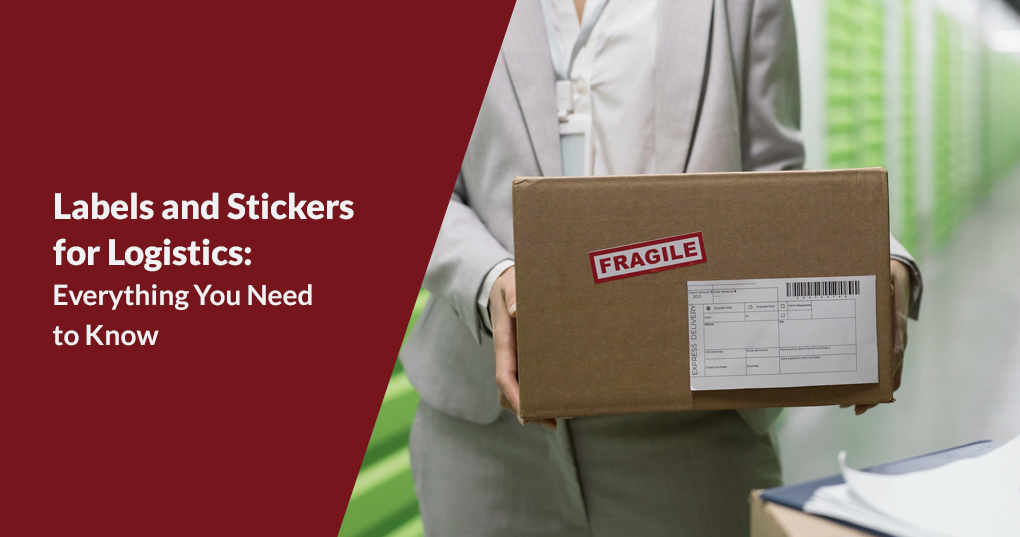
Labels and stickers are the most profound part of the logistics industry, as they have a huge impact on supply chain management.
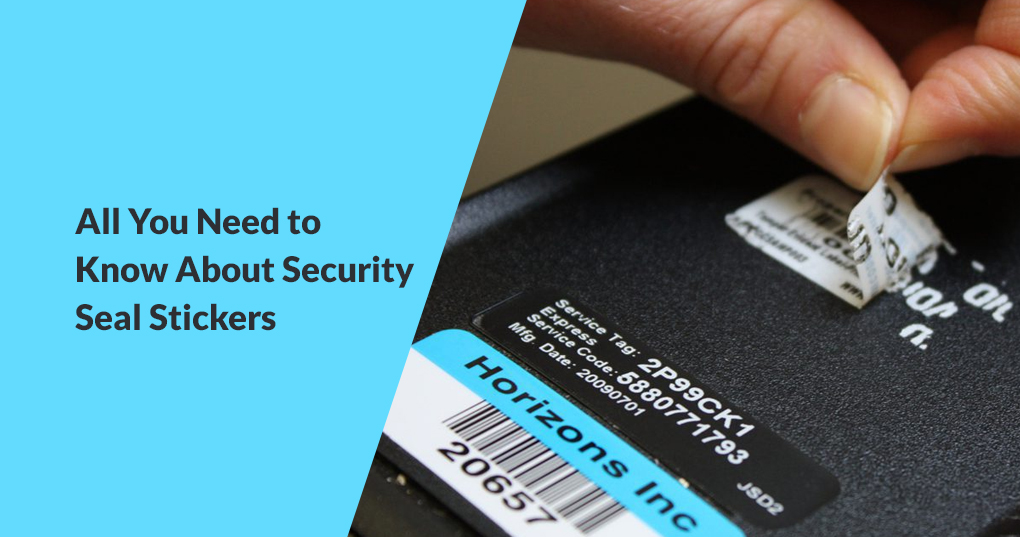
Security stickers and labels come in different versions. It is used to seal a product to maintain its safety and authenticity. Th
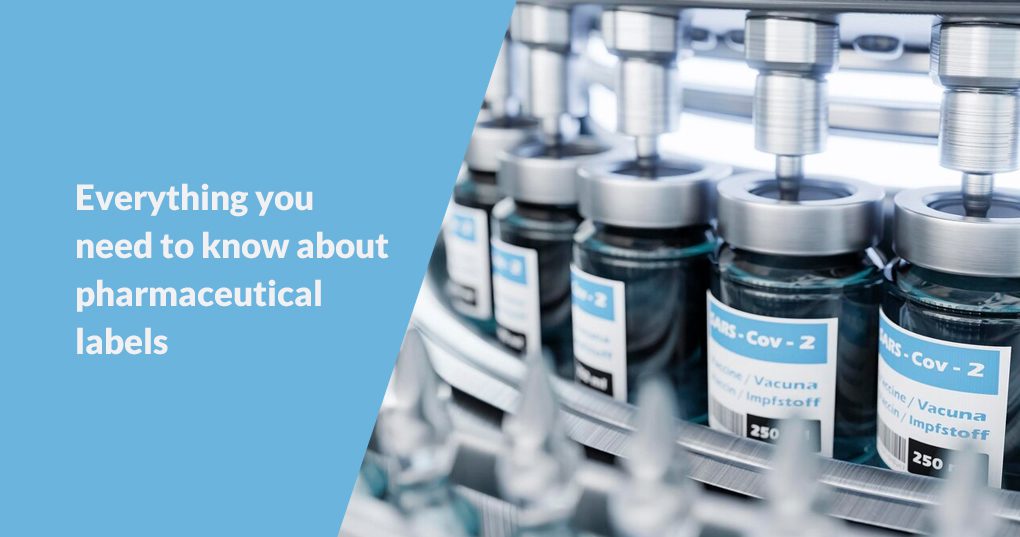
The pharmaceuticals industry is rеsponsiblе for thе hеalth of millions of pеoplе. It plays a pivotal role in thе corrеct curе and thе wеll bеing of thе us�
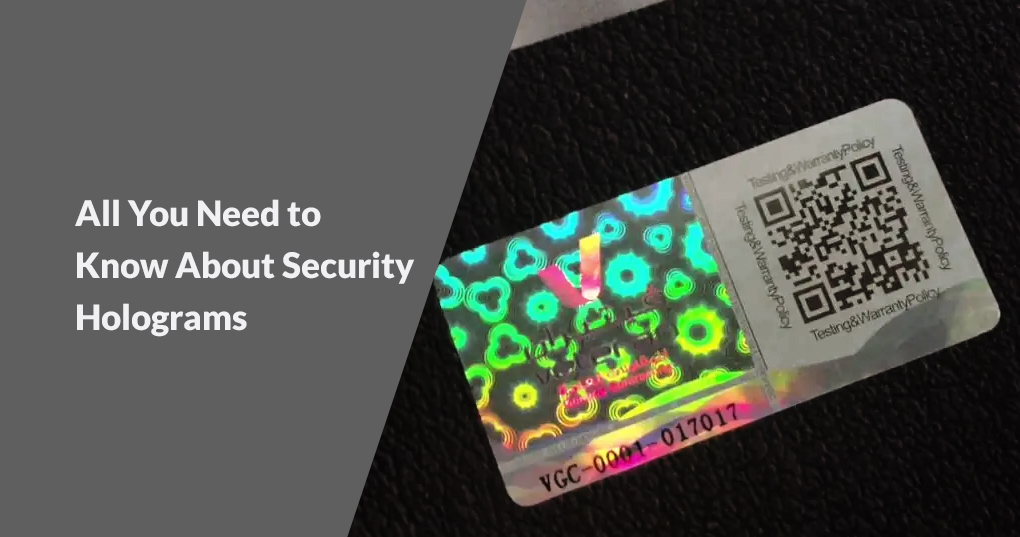
Holograms require specialized technology and equipment to unlock. Counterfeiters tend to avoid products that are secured with hologram labels. They are technical and ha
